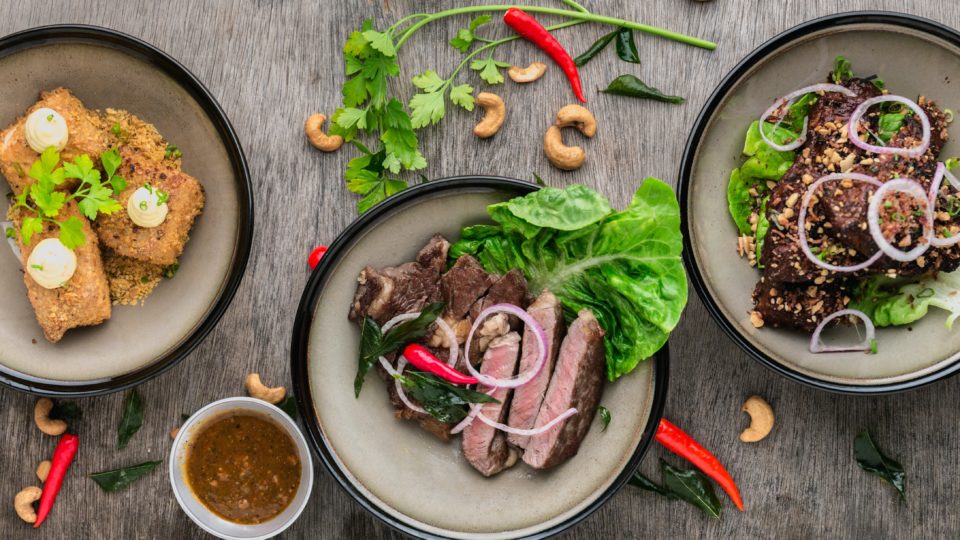How to Lose Fat and Still Feed the Rest Of The Family
One of the biggest challenges of changing our eating habits can be having a family that is accustomed to eating what we make. When we make the switch to healthier options it can cause an uproar for the rest of the family who did not “sign-up for this”. Getting complaints about the foods that you want to enjoy gets old fast, so here are 5 tips on how to prepare healthy meals that work for your goals and keep the rest of the family happy too.
1. Focus on “healthifying” your current recipes and meals
You do not have to change the whole menu because you can always – with any meal – choose less processed ingredients and more natural foods, such as single-ingredient foods, and emphasize the protein and vegetable servings on your plate.
2. Super-size the vegetable offerings
Preparing a side salad and vegetable side dish with your meal is going to give you more volume (think fiber), nutrients, and fewer calories. Want to super-size the veggies? Add a second vegetable side dish or double the vegetables in your recipe for even more volume (fiber is filling), and boost in variety.
3. Focus on protein
Protein is satiating, meaning it helps us feel fuller longer. Choose protein sources that everyone enjoys and pair them with your super-sized vegetable side dishes, while the rest of the family makes their own personal choices. A good example is grilled chicken sandwiches. You can opt for more chicken and vegetables (and omit the bread if you’d like), while the rest of the family enjoys their sandwiches. Everyone is happy.
4. Focus on individual needs at each meal
The nutrients and calories that you need from your meals are likely different from those of other family members. For this reason, it makes sense that everyone eats varying amounts of food, different types, in different orders, at different frequencies, etc. For you, your metabolism, and your goals, you may eat protein and vegetables first, and a few bites of starch last. Based on individual needs or personal preferences, children and teenagers may eat starches first, while other macronutrients play a smaller role.
5. Variety is good for everyone
More often than not, what’s being served as a part of your healthy diet is good for everyone else too. Not every meal can be a favorite for all family members, and that’s okay! Serving different meals for each individual gets exhausting. In my opinion, this approach is not sustainable because it adds a significant time commitment to your current (probably overwhelming) workload, which can derail your other efforts at healthy living.
Together with the whole family, create a weekly menu that considers different food preferences. This can be a fun and fair way to offer food variety that each person in the household likes. If someone does not like what is being offered (it will certainly happen), leftovers from the night before might come in handy. Or, this can be an opportunity to develop food preparation and cooking skills (aka, make something on your own).
This can be a challenging transition, but for many of our clients making separate meals is not sustainable. At some point, a difficult conversation about eating what is made may be necessary. For children, this approach exposes their taste buds to a wider variety of foods, and encourages them to try different foods and flavors. Consider setting a practice where everyone tries a single bite of the meal. This is one way to encourage variety in everyone’s diet. Your family might be surprised to discover that they actually like the food that is served when they give it a try.
I hope that these tips help you honor your unique metabolism during your healthy living journey, and especially while preparing meals for the whole family. As the person responsible for meals in your home, you have a unique opportunity to impact the health of the whole family. The way you shop, prepare, and cook can support everyone’s health. Finding what works for you and your family is a challenging but valuable process, considering the long term health benefits to you and your loved ones.
Photo by Lily Banse on Unsplash

